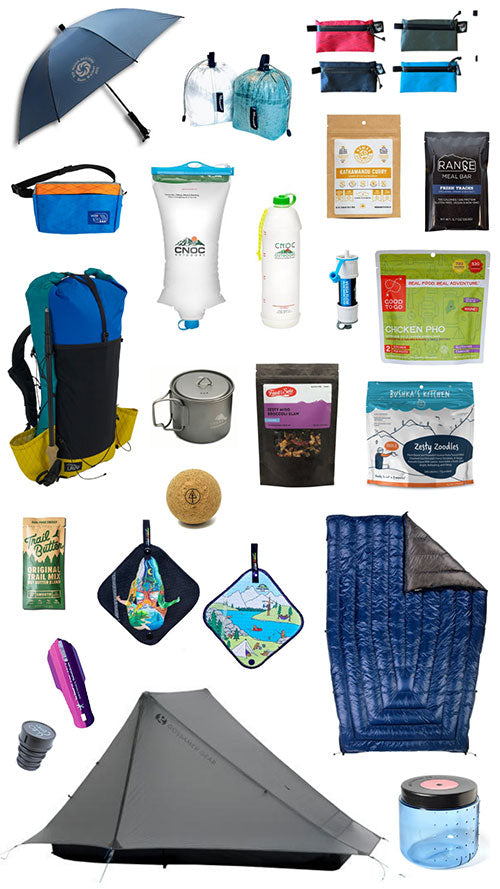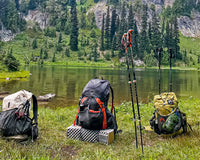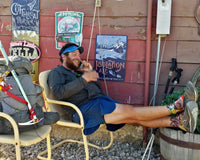
As I stand on the precipice of the vast Shasta-Trinity National Forest, the air is a mosaic of scents — pine, cedar, and the earthy aroma of damp soil after a rainfall. The distant murmur of the Sacramento River accompanies the rustle of leaves. The crunch of underbrush beneath my boots serves as a constant reminder of the untamed beauty that sprawls before me.
It's amid this vivid collection of sights, sounds, and smells that reality sets in: in such splendor, it's all too easy for someone to lose their way.
Shasta County is located in far Northern California. It is surrounded by mountains on three sides. We are within 60 miles in any direction of some of the most stunning wilderness, including the Shasta-Trinity National Forest, Six Rivers National Forest, the Marble Mountain Wilderness, Modoc National Forest, and Lassen National Forest. There are also innumerable lakes and creeks, and of course, the lovely Sacramento River.
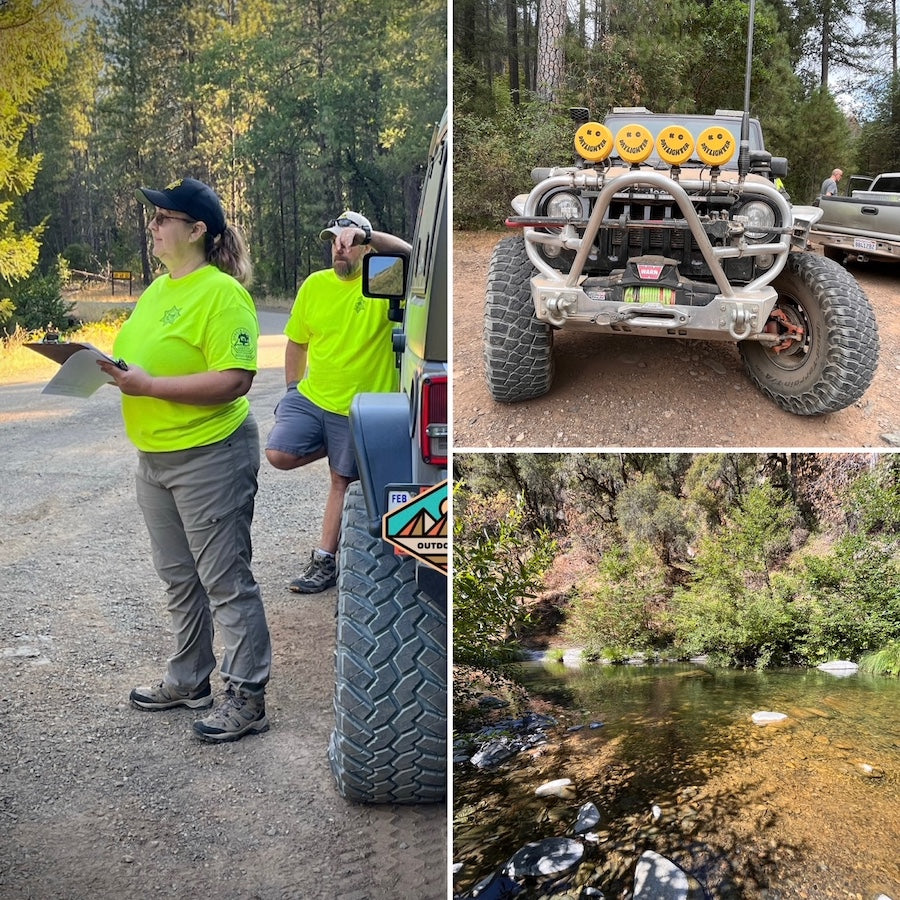
The Pacific Crest Trail meanders right through our county when it leaves Burney Falls and heads north toward the Oregon border. So it’s safe to say on any given day there are tons of people recreating nearby.
Many people are often intrigued by the concept of missing persons. Upon learning about someone who has disappeared, common thoughts may arise: pondering their fate, questioning if they're still alive, and contemplating whether they'll be discovered or remain among the countless others who vanish without leaving any clues behind.
Naturally, when I get wind of a missing person, whether it’s someone local, or someone at some faraway national park, my immediate gut reaction is to offer assistance in some way. I have always wished there was something I could do for the friends and family — some way I could help or ease their pain. The only real way to help is to give them answers. This train of thought led me to wonder about my own county’s Search and Rescue volunteers.

If you’ve ever read the posts or articles about missing hikers, you know that Search and Rescue teams often get called out to help locate the person. They come out in organized droves, working hand-in-hand with local law enforcement to aid in the search. These are hardworking, busy, everyday people who take time out of their life to put hours of work and tons of energy into offering assistance.
There’s a Mister Rogers quote that is frequently cited in times of crisis or tragedy as a reminder of the inherent goodness in many people and the positive actions they take during difficult times. It goes: "When I was a boy and I would see scary things in the news, my mother would say to me, 'Look for the helpers. You will always find people who are helping.’”
I think that humanity struggles to find meaningful connections on a day-to-day basis. We often feel lonely and disconnected from each other. A lot of people fear our sense of community is dwindling as our political landscape furthers the divide between neighbors.
But if you look hard enough, you’ll see that there are always people willing to lend a hand in someone’s time of need.
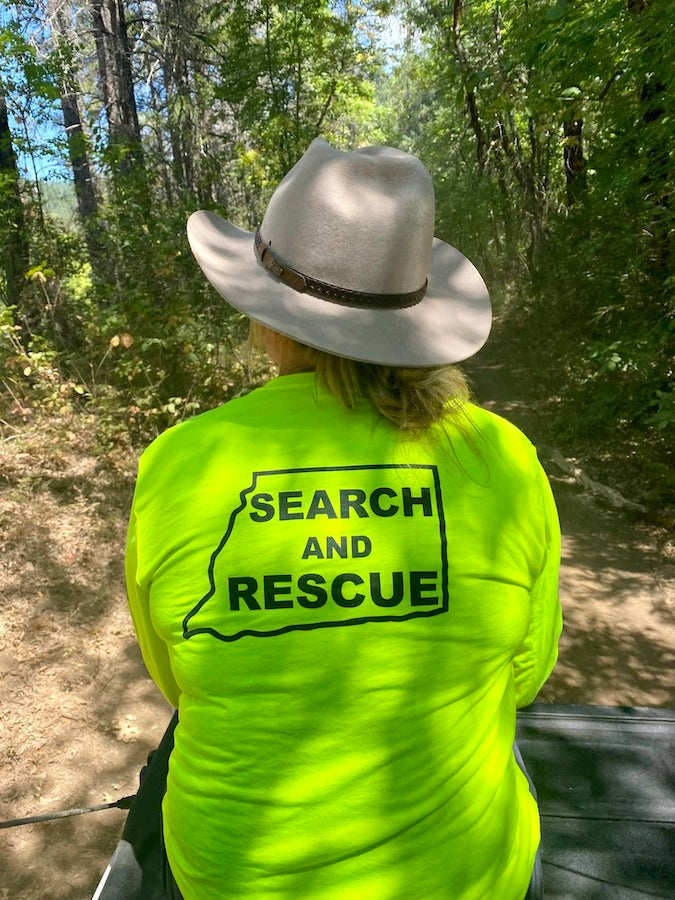
A few months ago, one of our local community members went missing. His name was Marv Ellis. Marv was a beloved character in our downtown scene, known to “shine” wherever he went. He always offered a smile and a kind, encouraging word. He saved up his own money to help feed our local homeless population. One evening, Marv went on a walk down a local paved river trail, and never came home. Since there wasn’t a lot to go on, law enforcement never called Search and Rescue to aid in the search. However, the community pulled together, and we had hundreds of people sharing information and showing up to search near his last known location. For two weeks people were connecting on Facebook in the hopes of finding Marv.
The end of Marv's story is as heartbreaking as his life was bright; his body was eventually discovered not too far from where we had been searching. The closure this brought to his family was small solace against the backdrop of a community in mourning.
The collective effort to find Marv reminded me of our interconnectedness, a real-life echo of the helpers that Mister Rogers spoke of. While Search and Rescue was not deployed in this instance, the outpouring of concern and proactive engagement was a testament to the values that drive SAR volunteers. It is in these moments of unity and shared purpose that we see the profound impact of coming together for a common cause.
The community effort to find Marv was the spark that sent me to the Sheriff's Department to join in on the SAR Ground Team’s monthly meetings.
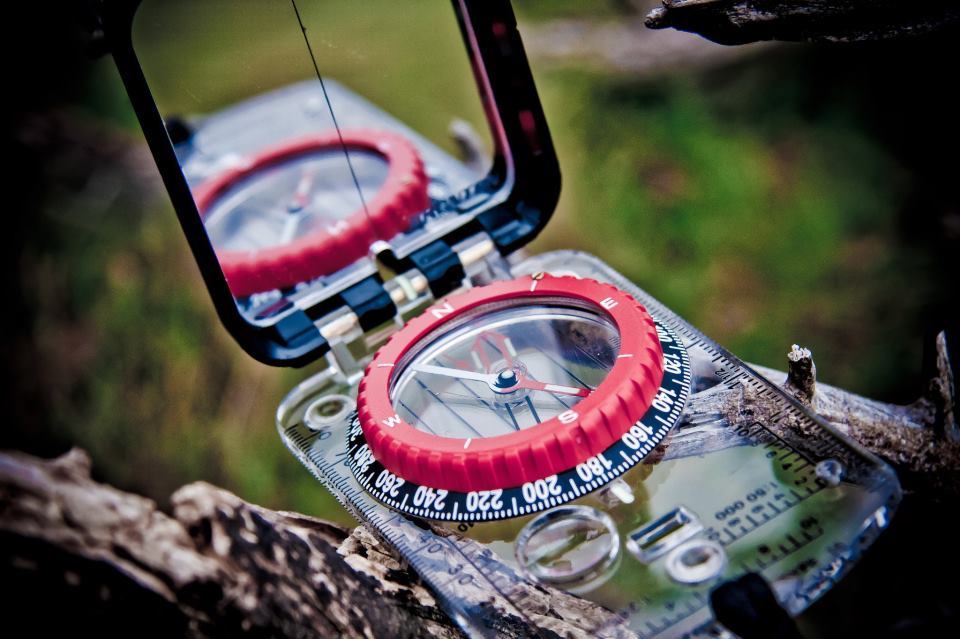
While I think it's the less tangible lessons that will resonate most deeply, joining the ranks of Shasta County Search and Rescue will be a literal education too. The training is thorough, ensuring that each volunteer is not only physically capable of traversing rugged terrains, but also mentally equipped to handle the emotional weight of searches that may not always have a happy ending.
Over the next year, I will attend trainings on: Grid Searching vs Hasty Searching, Winter SAR Practices, Night Searches, Tracking, Ropes and Low Angle Rescues, GPS/ Topo Maps/ Compass, Radio Communications, Interview Skills, Probability of Detection, Forensic Bone ID, Helicopter Rescue, Hike and Crime Scene Protection, Survival Skills, and General Hike Fitness.
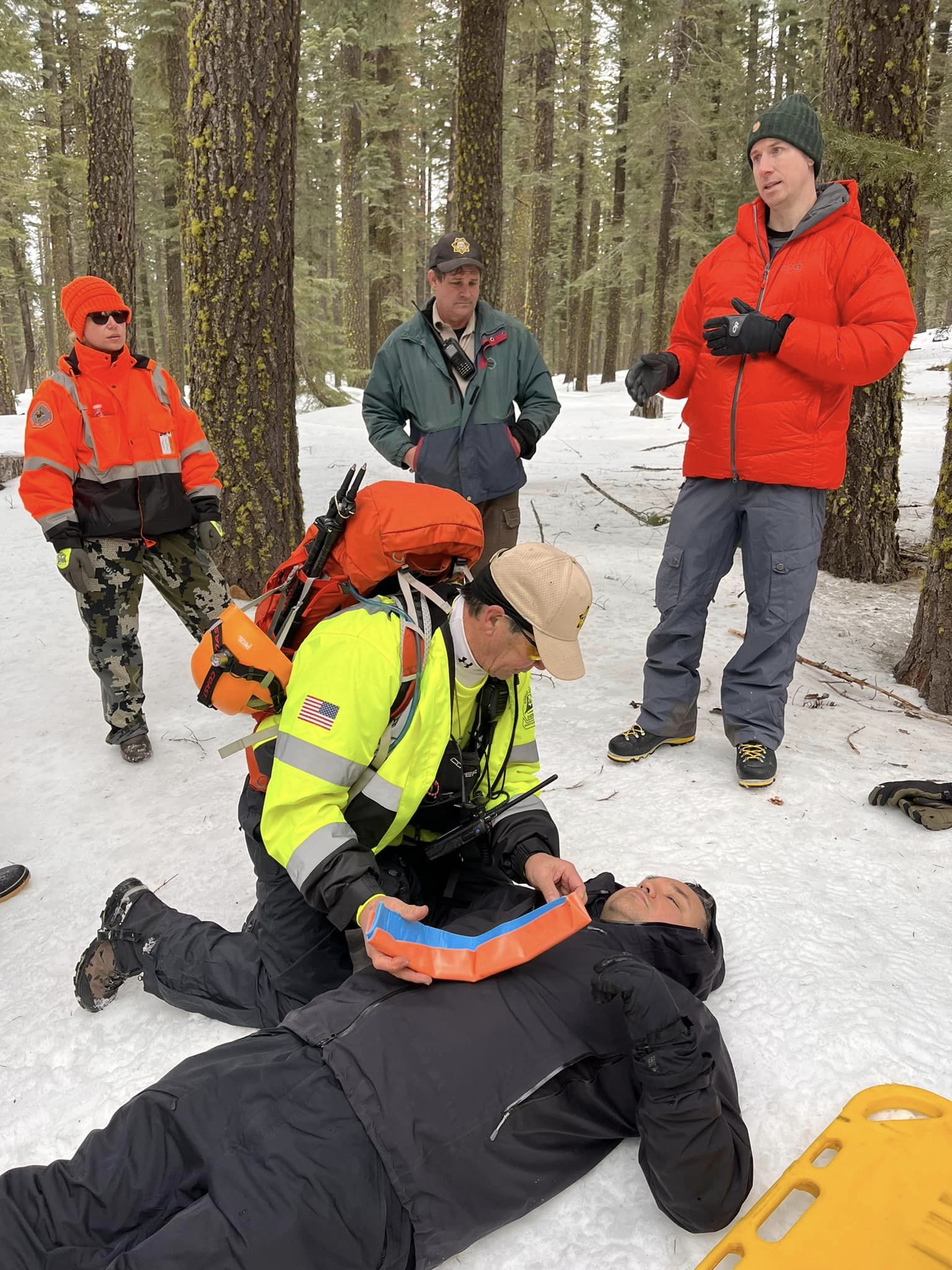
There's also an immeasurable gain in the camaraderie among volunteers. Each operation is a collective endeavor among diverse individuals who are harmonizing their unique strengths toward a shared mission. This is born from mutual respect and a common dedication to service — a bond that is fortified in the field and carries over into our daily lives.
It's this sense of belonging, of being part of something larger than oneself, that is the true reward of joining SAR. In our united efforts, in searching for the lost, we may end up finding ourselves, forging indelible connections that redefine our sense of community.
If you are looking to join your own local volunteer Search and Rescue team, check with your local Sheriff’s Office. There are many different types of teams to join, including:
- The Ground Crew (hikers on the ground)
- The Jeep Crew (4x4 vehicle required)
- Mountain Rescue (highly trained climbers)
- The Dog Team (trained scent tracking dogs)
- The Mounted Posse (horse required)
- The Mountain Bike Team
- … and many more depending on where you live.

Teams generally meet at least once per month. My team specifically requires a new member to attend three consecutive meetings before we’re allowed to turn in an application. The application process requires a Sheriff’s Office Live Scan and Background Check. Once an application is approved, the member can be sworn in and start attending trainings.
The call to join SAR is a call to be a shining light in the darkest of times, to provide some peace of mind amid uncertainty, and to bring closure where it's sought. It is a pledge to maintain the web of community that is often unseen but always present.
Ace Curtis is a plus-sized outdoor enthusiast. She enjoys hiking in Northern California and taking photos of many tree-covered hillsides. She was born and raised in Mt Shasta, CA at the base of a 14,163’ mountain. She is currently working with her husband on creating an off-grid lifestyle on 2.5 acres just a few miles from where she started life, 36 years ago.





